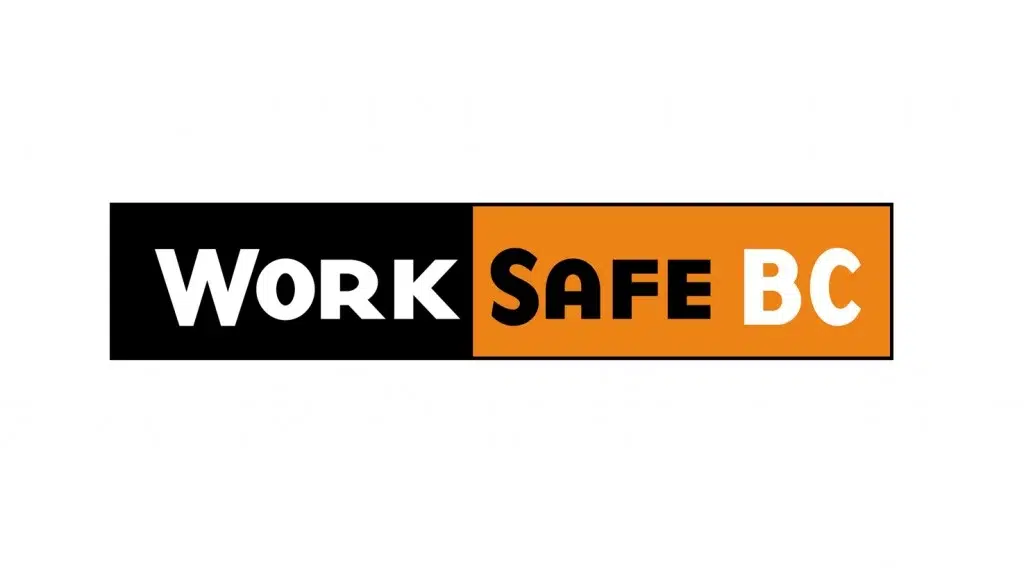As B.C. marks Manufacturing Month this October, WorkSafeBC is reminding employers of the ongoing safety challenges facing the sector—where serious injury rates are 44 percent higher than the provincial average.
The manufacturing industry includes a wide range of facilities, from food and textiles to metal and wood products, and contributes roughly $18 billion to B.C.’s GDP annually. But behind that economic success is a concerning safety record.
Over the past five years, more than 26,000 manufacturing workers in B.C. lost time from work due to injuries, including over 4,300 serious incidents. The most common types of accidents include overexertion, falls, being struck by objects, and machinery entanglements.
WorkSafeBC’s Head of Prevention Services, Todd McDonald, says employers need to go beyond awareness by actively identifying hazards, implementing controls, and ensuring proper training and supervision.
In 2024 alone, WorkSafeBC conducted over 7,700 inspections focused on high-risk areas such as working with energized machinery and repetitive tasks that lead to musculoskeletal injuries.
Another concern is combustible dust—a fire and explosion hazard common in many types of manufacturing. New occupational health and safety regulations targeting dust management are expected by 2026, making proper housekeeping and hazard control more important than ever.
WorkSafeBC encourages employers to involve workers in safety planning and use available resources to reduce risks.
For tools and guidance, visit worksafebc.com.










Comments